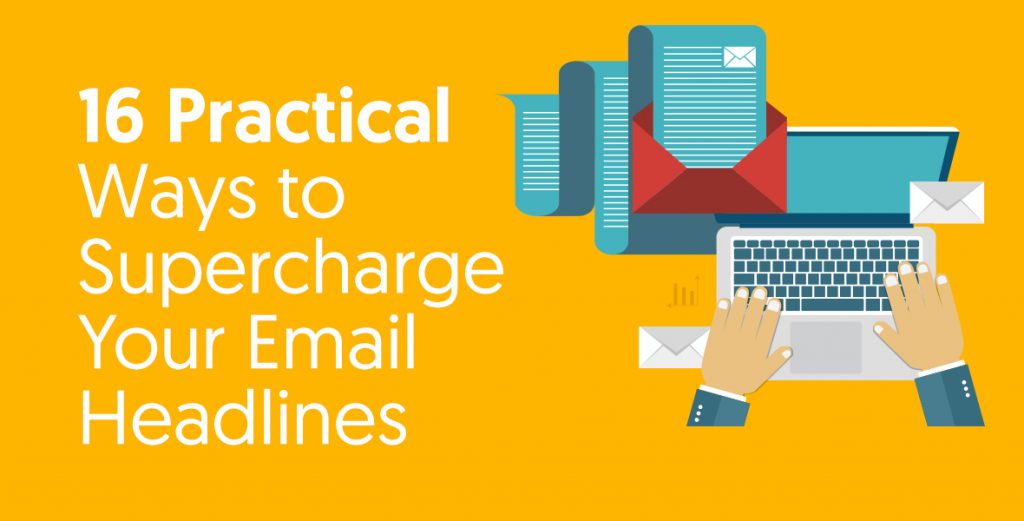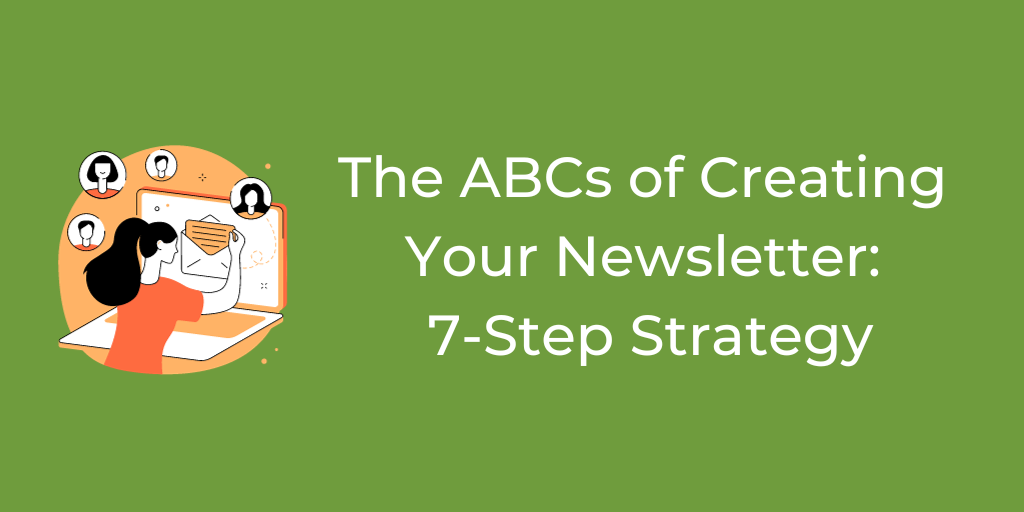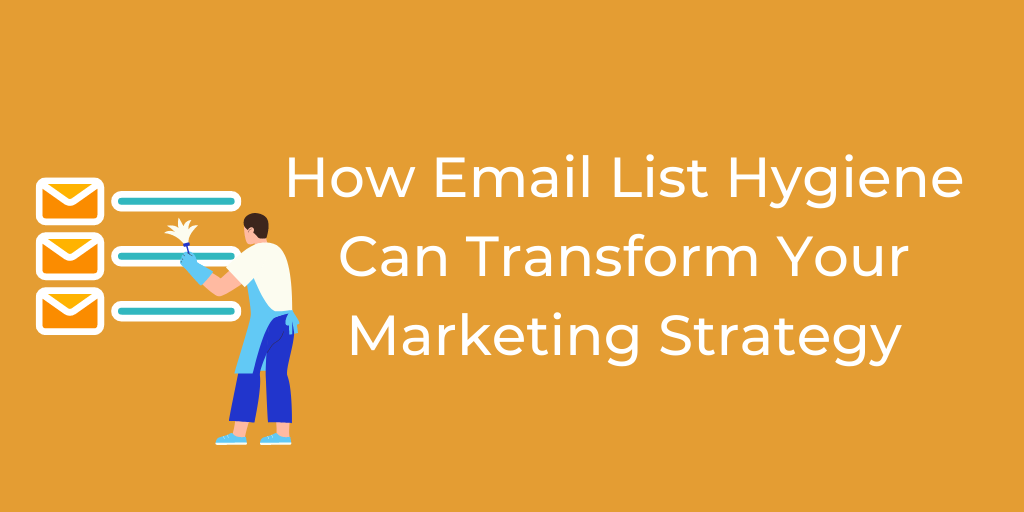16 Practical Ways to Supercharge Your Email Headlines

Great Headlines Are Down the Rabbit Hole!
A lot of email marketers are like Alice from Alice in Wonderland.
In the book, Alice comes across the Cheshire Cat. He’s a grinning local. He can tell her where to go. She gets his attention, and they have an interesting conversation. Here’s a paraphrased version.
Alice: “Where should I go from here?”
Cheshire Cat: “Where do you want to go?”
Alice: “It doesn’t matter. I just want to get somewhere.”
Cheshire Cat: “You’re on the right track then. Just keep on walking.”
A lot of email marketers are like Alice. They aren’t happy where they are. Yet, they don’t know exactly where they want to go. You won’t improve your headlines without a solid plan. Here are 16 ways to supercharge your email headlines.
Marketers Have Used This Headline Analyzer Over Five Million Times!
1) Download the Coschedule Headline Analyzer
This is where your plan begins. There are a lot of headline analyzers out there. Coschedule has one of the most robust offerings on the market. Better yet, it’s free.
What makes this a great headline analyzer. Well it scrutinizes your headline for key points. For instance, it will judge your headline’s length, emotional appeal, uncommon words, power words, and much more. This is the Hemingway App of headline analyzers. It’s a shortcut to writing compelling headlines.
You have to enter some data to get it. Don’t let this deter you. You’ll love the quality. Salient points (included many below) can be tested via the application.
2) Keep Count of Your Word Count
How many words should your emails have? According to Coschedule, six words are the ideal amount for a headline. Their data says headlines with six words get the most opens. Yet, they admit it’s hard to consistently write headlines that short. So, they give lengthier headlines the green light in their software. Still, in their opinion, shorter email headlines have more pop.
Inc says that 6 to 10 words is the sweet spot.
3) Use The Right Number of Characters
Characters are a better indicator of proper email length than words. For instance, if your email contains the word “antidisestablishmentarianism”, then you’ve already reached 28 characters, but you only used one word. So, character count is a more wholesome way to dissect your headlines.
According to the Coschedule Analyzer, it’s desirable to be close to 55 characters if you want the most click-throughs. Hubspot says around 50 characters is ideal. All other things being equal, short headlines outperform lengthy ones.
4) Add Personalization Tokens
Personalizing your email headlines works. According to Hubspot, just adding a name to a generic email headline boosted click rates from 5.8% to 7%. Adding a name is an easy way to upgrade your open rate. Personalization doesn’t stop there. You can personalize by location too. Let’s say you have a B2B list of clients in North America. If there’s a convention coming up, you could notify clients within 100 miles of the event. Your headline could say, “Live in LA County? Discover the Secrets of SEO this Weekend.”
Naturally, you can also send out behavioral headlines. If someone leaves an item in their cart, you can target them. “Still Interested in the Secrets of SEO?” It’s Now 25% Off.” Personal headlines are a real boon to your conversation rate.
Properly Capitalizing Headlines is Easier Than Ever
5) Capitalize the Right Words
Knowing the rules of capitalization is tough. Long words are always capitalized. With short words, it gets a little sticky. Verbs like “Are and Go” are capitalized. Prepositions like “for” and “in” are not.
Grammar Girl offers a fantastic primer on the subject. If you’re too busy to absorb it now (and it is a bit sticky for fast consumption), then there is a way you can get by. Title Cap is a neat tool that auto-corrects your capitalization for you.
6) Check for Proper Grammar
You know poor grammar is often used in text messages and personal emails. Shakespeare would shudder if he read a modern text. Yet, people have different (higher) expectations of businesses than friends. Your public expects you to have good grammar. As a matter of fact, 59% of British people surveyed say that bad grammar would deter their custom.
Do you need a free way to check grammar for your headlines? Paper Rater is a robust option.
7) Don’t Make False Promises
People have mixed feelings about Buzzfeed. Whatever you say about them, their headlines get clicks. They generated $167 million in 2015. How can they generate millions in revenue if they’re just clickbaiters? Buzzfeed’s Ben Smith implies they don’t send clickbait. He says that clickbait is an article that doesn’t deliver on the headline.
If your articles are shallow, people will turn on you. It takes time to rekindle that goodwill. Don’t put your future self in the ditch by writing emails that don’t deliver on the headline.
8) Utilize Action-Oriented Verbs
Wishpond promotes using action verbs in your emails. This is good advice. Using verbs points your audience in the right direction. You want them to take action. Action verbs tell them what action to take.
For instance, “Start Your Two Week Free Trial Today.” Or “Discover the Secret of This College Graduate Who Immediately Landed a 100K Job.” You don’t want people to muddle through a thousand thoughts. Making your intentions clear is a good idea.
Simple Is Best
9) Use Concise and Clear Language
Do you want to sound smart? Consider using simple language and clear ideas. According to Fast Company, replacing complex words (and ideas) with simple ones enhances clarity. And when you improve clarity, you seem smarter.
Use the Power Thesaurus to turbocharge the clarity of your writing.
10) Create a Sense of Urgency
Do urgent headlines work? According to Campaign Monitor, they do. Their blog says that an urgent headline will prompt people to act. And when people act, you get more paying subscribers. Here are some words that create urgency:
- Act Now
- Time Sensitive
- Hurry
- Limited Time
- Deadline
You can find more of those words at Zen Cart Optimization.
11) Employ Numbers and Percentages
Using numbers is a classic way to grab attention. A lot of marketers say this, including the folks at Write Direction. Numbers work because they promise something specific, something less likely to leave you empty-handed. A number teases substance and structure.
For example, “I Made $150 Online in 4 Hours” is a much better title than, “I Made a Lot of Money Online in One Day.” The promise of something specific is quite appealing.
12) Increase the Uncommon Words In Your Headline
You must stand out from your competition. How can you do that? You don’t want to write generic headlines. For instance, “5 Ways to Improve Your Copywriting” is a fairly generic title. Compare that to 5 Copywriting Hacks Used by Japanese Emperors.
The latter title is engaging. You don’t see the word emperor in headlines too often. In crowded industries you need curveballs, fresh takes on topics that are rehashed to death. You can analyze the uncommon words in your headline with the Coschedule Analyzer.
13) Boost the Emotional Words in Your Headline
What’s the difference between good copywriters and the adroitest hands? It may be usage of emotional words. According to Coschedule, gifted copywriters use more emotional words in their copy than regular copywriters. On average, over 20% more.
Talk about benefits, not features. Let’s say you’re selling dress shirts. Using an enhanced cotton blend is a decent selling point. If your shirt helps businessmen enjoy a restful evening of Netflix after a hard day of work, that’s an even better selling point.
You can find a list of emotional words in this infographic. Moreover, CoSchedule’s Headline Analyzer will dissect the emotional impact of your headline. Additionally, you can use the emotional headline analyzer of the Advanced Marketing Institute for even more feedback on your headline’s emotional appeal.
“Knowledge Will Give You Power, But Character Respect.”- Bruce Lee.
14) Harness Power Words
The power of the word “you” is amazing. It’s the first word on Copyblogger’s list of the five most powerful words in the English language. Here’s the entirety of that list.
- You
- Free
- Because
- Instantly
- New
Those five words are great. Perhaps you need more inspiration than five words though. Buffer App offers 189 words that will help your headlines convert more.
15) First Three + Last Three Rule
All reading is not the same. When people read a book, they tend to read from cover to cover. When people read online, they scan. That’s because they’re looking a quick answer. This is the fruit of Econsultancy’s research.
People read differently online. Just because headlines are short, don’t think they escape this paradigm. According to Coschedule, people put the most emphasis on the first three words and the last three words of your headline. In short, those words must be spot on. Coschedule’s Headline Analyzer highlights those six words. That way you can decide if they’re up to snuff.
16) Appealing to Positive or Negative Emotions
According to Coschedule, headlines that cause positive or negative emotions, are more effective than headlines that don’t stir up any emotion. Genuine positive emotions meet the expectation, but it’s a bit surprising people are interested in headlines with negative emotions. Vertical Response has an article about how to appeal to both types of emotions.
Still, Vertical Response warns that no one likes a downer. So appeal to positive emotions when you can.
Where Are You Going?
Alice didn’t know where she wanted to go. Do you know where you’re going? Where is the effectiveness of your headlines trending?
You can write effective headlines that will supercharge your open rate. Download Coschedule’s Headline Analyzer. Follow the other tips in this article. You’ll be well on your way to your destination.







